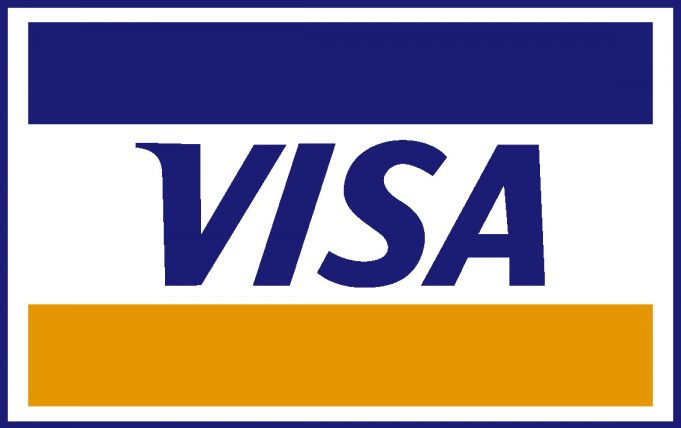This post is about how Visa makes money. Firstly, we explain how Visa credit card payment processing works. Then, we explain the key elements of the Visa business model. Then, we explain how the Visa business model is different from that of American Express. Finally, we share the revenues, the profits, and the profit margins of Visa for FY 2015 (fiscal year ending September 2015).
About Visa
Visa is a global payments technology company. It connects consumers, businesses, financial institutions, and governments in over 200 countries. It operates the world’s largest retail electronic payments network. It is the world’s most recognized global financial services brand.
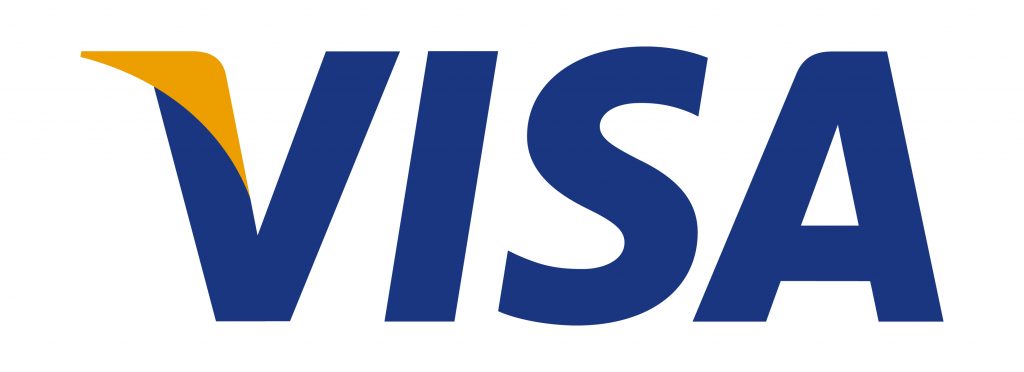
How Visa Credit Card Payment Processing Works?
Visa serves a two-sided market. It serves cardholders, issuers, and issuer processors on one side. On the other side, it serves merchants, acquirers, and acquirer processors. Visa neither issues cards to the cardholders nor solicit merchants to accept its cards. These are the responsibilities of the issuers and the acquirers respectively.
- Cardholders are the individuals that possess a Visa payment card.
- Issuers are the financial institutions that issue Visa cards to the cardholders, extend the credit to them, and determine the interest rates or the other fees charged to them.
- Issuer Processors are the third-party institutions with proprietary technology platforms to handle the transaction processing for those issuers that do not have in-house capabilities. Issuers often outsource the transaction processing to the issuer processors.
- Merchants are the businesses that accept Visa cards as a payment mechanism for their goods and services.
- Acquirers are the financial institutions that solicit merchants to accept Visa cards. They offer Visa network connectivity and payments acceptance services to the merchants. They establish merchant discount rates for card acceptance.
- Acquirer Processors are the third party institutions with proprietary technology platforms to handle the transaction processing for those acquirers that do not have in-house capabilities. Acquirers often outsource the transaction processing to the acquirer processors.
A typical Visa transaction begins when the cardholder presents a Visa-branded card to a merchant for the payment of goods or services. The first step of the transaction is the authorization. It is the process of approving or declining a transaction before a purchase is finalized. The following diagram illustrates the steps involved in the authorization process.
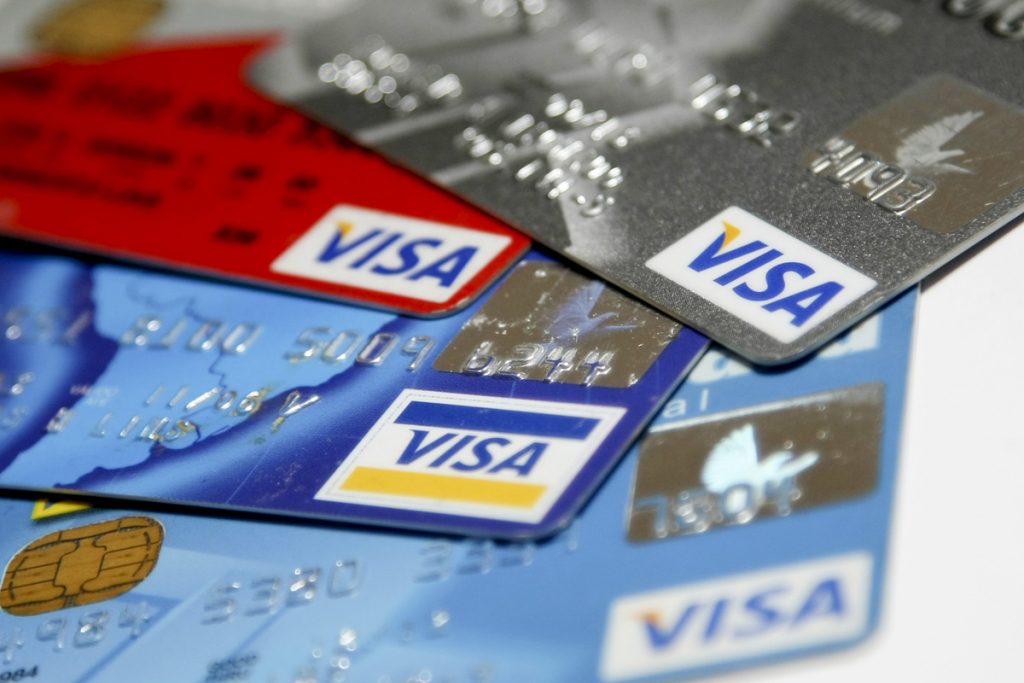
- The cardholder provides a Visa card to the merchant for the payment. The merchant point of sale (pos) terminal reads the account number and other data encoded on the card’s magnetic stripe or electronic chip.
- The merchant terminal transmits the card information and transaction amount to the acquirer or the acquirer processor.
- The acquirer or acquirer processor combines the transaction information into an authorization request message and transmits it to Visa.
- Visa identifies the appropriate card issuing bank and routes the authorization request to the issuer or the issuer processor for review.
- The issuer or the issuer processor receives the request and then executes a series of inquiries into its account systems to assess the potential risk of fraud for the transaction; establish that the account is in good standing; and verify that the cardholder has sufficient credit to cover the amount of the transaction. Then it approves or denies the transaction and returns an authorization response message to Visa.
- Visa routes the authorization response to the acquirer or the acquirer processor.
- The acquirer or the acquirer processor transmits the result of the authorization request to the merchant terminal.
If the transaction is approved, the merchant delivers the goods or services to the cardholder. Now, the money needs to be transferred to the merchant account with the acquirer. This is part of the clearing and settlement process.
In the clearing process,
- The merchant transmits sales draft information for the transaction, including account numbers and transaction amounts, to the acquirer or acquirer processor.
- The acquirer or acquirer processor format this information into a clearing message and transmit it to Visa.
- Visa routes the clearing message to the card issuer and calculates the settlement obligation of the issuer and the amount due to the acquirer, net of certain applicable fees and charges.
In the settlement process,
- The issuer sends funds to Visa’s designated settlement bank in the amount of its settlement obligation.
- The settlement bank, in the direction of Visa, transfers funds due to the acquirer.
Now, what do issuers, acquirers, and Visa get out of this transaction? If the cardholder makes a $100 payment, it is not completely transferred to the merchant account as was informed by Ezassignmenthelp expert’s information. The merchant gets the amount net of the merchant discount fee. If the merchant discount fee is 2.4%, then the merchant would receive $97.60 from the transaction. The rest of $2.40 is split unevenly between the issuer and the acquirer, depending upon the interchange rate. In case of an interchange rate of 1.8%, the issuer will keep $1.80 and the acquirer will keep $0.60. Issuer gets to keep more of the merchant discount fee because of a higher risk of payment default from the cardholder. Visa does not make money from individual transactions. Instead, it earns revenues from the issuers and acquirers based upon the overall payment volumes and number of transactions processed.

Key Elements Of Visa Business Model
The primary customers of Visa are issuers and acquirers. Visa offers a wide range of branded payments product platforms to the issuers, which they use to develop and offer credit, debit, prepaid, and cash access programs for the cardholders (individuals, businesses, and government entities). In addition, Visa provides transaction processing services (primarily authorization, clearing, and settlement) and various other value-added services such as risk management, debit issuer processing, loyalty services, dispute management, and value-added information services.
The primary customers of issuers are cardholders. Issuers issue cards to the cardholders and establish and maintain their accounts. Issuers establish applicable cardholder terms, including fees, interest rates, and payment schedules for cardholders. During the payment transactions, issuers authorize cardholder transactions and fund settlement obligations for the cardholders’ purchases. Issuers collect the payments from the cardholder and assume the risk of non-payments or late payments from them.
The primary customers of acquirers are merchants. Acquirers provide the payments network connectivity to the merchants and establish and maintain their accounts. Acquirers establish any applicable merchant fees and/or discount rates. During the payment transactions, acquirers receive settlement funds from issuers and credit merchants for the value of payment transactions. Acquirers assume the risk of merchant non-fulfillment of transaction obligation. Acquirers assume the responsibility for merchant compliance with network security and other rules.
Visa generates revenues primarily from fees paid by the financial institutions based on payments volume (total monetary value of transactions for goods and services that are purchased with Visa-branded cards), transactions processed, and certain other related services.
Now with the Visa, you can instantly transfer with routing and account number or you can visit here to get more info. This ensures fast and reliable money transfer to your friends and business partners. In previous paragraphs, I hope you got a clear idea of the business model of Visa. Now we are going to describe the ways through which a visa does not earn revenue.
Visa does not earn revenues from any of the following:
- Interest or fees paid by cardholders on Visa-branded cards. The issuers earn that.
- Discount fees paid by merchants for the acceptance of the payment. The acquirers earn that.
- Interchange fees. On purchase transactions, the acquirers pay an interchange reimbursement fee to the issuers. Although Visa administers the collection and remittance of interchange fees through the settlement process, Visa generally does not receive any portion of the interchange fees.
VISA operating revenues are principally comprised of service revenues, data processing revenues, and international revenues. These are reduced by costs incurred under client incentive arrangements.
- Service revenues. These are earned for providing financial institution clients with the support services for the delivery of Visa-branded payment products and solutions. These are generated from the payment volume on Visa-branded cards and payment products for purchased goods and services.
- Data processing revenues. These consist of revenues earned for authorization, clearing, settlement, network access, and other maintenance and support services that facilitate transaction and information processing. These are generated from the number of transactions processed.
- International transaction revenues. These consist of revenues earned for cross-border transaction processing and currency conversion activities. These are primarily generated from cross-border payments and cash volume.
- Client incentives. These consist of long-term contracts with financial institution clients for various programs designed to build payments volume, increase Visa-branded card acceptance, and win merchant routing transactions. These incentives are accounted for as reductions to operating revenues.
The following diagram shows the key elements of the Visa business model. It shows how the money flows-in from the different customer segments and the key operating expenses where the money flows-out to.
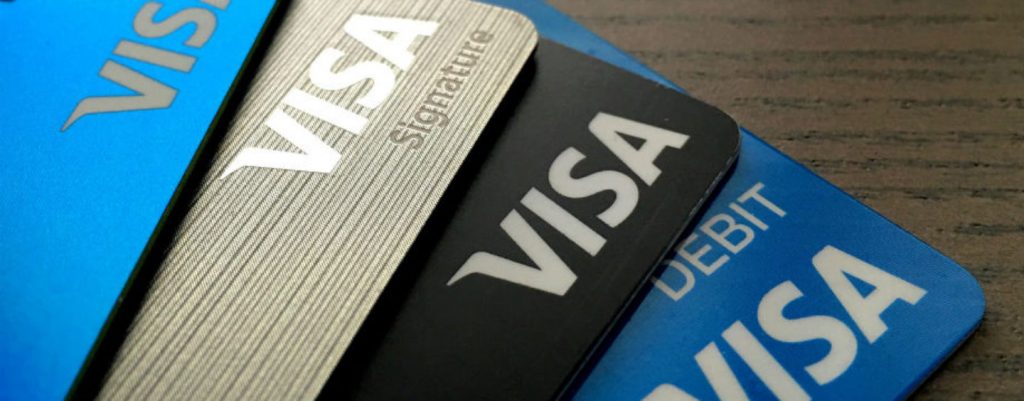
How Visa Business Model Is Different From American Express?
Visa and American Express both offer payment cards. But, their approach to making money is different. Visa operates an open-loop network and has a transaction-centric business model. American Express operates a closed-loop network and has a spend-centric business model.
In a closed-loop network, payment services are provided directly to the cardholders and merchants by the owner of the network. American express acts as both the issuer and the acquirer. American Express makes money primarily from the merchant discount fees. It focuses on generating revenues primarily by driving spending on its cards through attractive reward programs for card members. This helps them earn more discount revenue from merchants. Hence, they have a “spend-centric” business model.
Open-loop networks are multi-party and operate through a system that connects issuers and acquirers. The network owner manages the information and flow of value between them. Visa operates an open-loop network. Visa does not make money from the merchant discount fees or cardholder membership fees. Merchant discount fees are split unevenly between the issuers and acquirers depending upon the interchange rate. VISA earns revenue primarily on the payment volume and the transaction volume carried out through their cards. Hence, Visa has a “transaction-centric” business model.
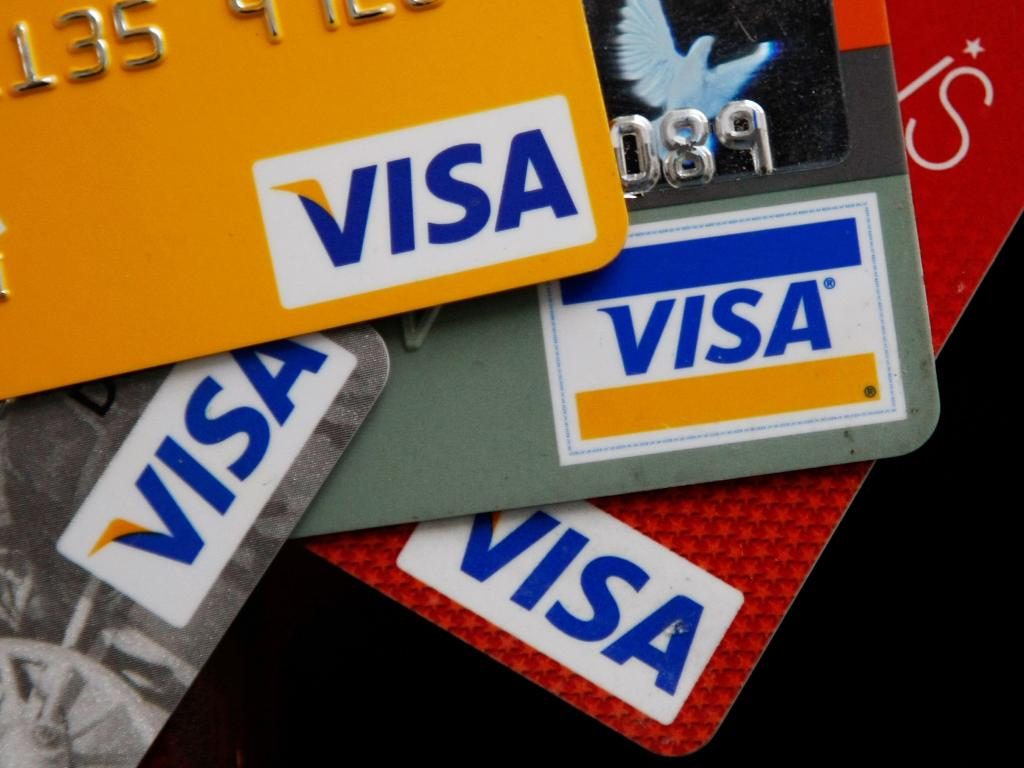
VISA FY 2015 Revenues, Profits, And Profit Margins
Visa generated a total of $13.9 billion operating revenues in FY’15 (fiscal year ending September’15). The operating revenues are comprised of:
- Service revenues of $6.3 billion
- Data processing revenues of $5.6 billion
- International transaction revenues of $4.1 billion
- Other revenues of $823 million
- Client incentives of -$2.9 billion. Client incentives is a contra-revenue account and consist of long term contracts that Visa has made with their clients to increase payments volume and Visa brand acceptance. They are not realized as an expense but are instead directly subtracted out of the total revenues.
Of the $13.9 billion of Visa operating revenues in FY’15, $4.8 billion were the operating expenses. The operating expenses are comprised of personnel expenses, marketing expenses, network and processing expenses, professional fees, depreciation and amortization, and general and administrative expenses. This resulted in $9.1 billion of operating profit and an operating margin of 65.3%. Operating margin is calculated as operating income divided by total operating revenues. After income taxes and other, Visa had a net profit of $6.3 billion and a net margin of 45.6%.

